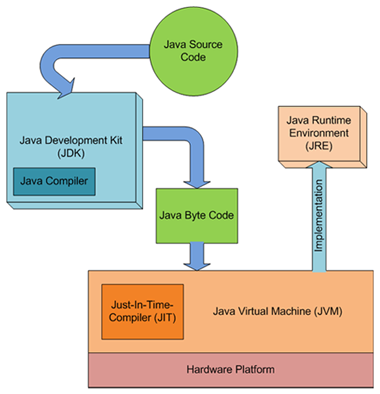Of course, this value-add won't come free and will certainly require a subscription fee. The cost to the consumer, though, is still very much unclear as is the service's integration with Apple's $99 per year MobileMe sham. And you know those rumors about MobileMe being offered as a free service? We wouldn't be surprised if it stays at $99 with iCloud being announced as a "free" feature update; aka, an $8.25 per month music subscription that also provides web access to your synced bookmarks, contacts, email, and calendar. Regardless, it's this subscription model that has the major labels so enthusiastic as it will finally allow them to extort fees for all that pirated audio you may have stumbled upon since Napster was loosed on an unprepared music industry a decade ago. All signs point to WWDC for this to get official but we're sure to hear more -- much more -- before the event kicks off on June 6th.
Google Research has launched Julia Map, an HTML5 Julia fractal renderer.
Julia sets are fractals that were studied by the French mathematician Gaston Julia in the early 1920s. Fifty years later, Benoît Mandelbrot studied the set z2 − c and popularized it by generating the first computer visualisation. Generating these images requires heavy computation resources. Modern browsers have optimized JavaScript execution up to the point where it is now possible to render in a browser fractals like Julia sets almost instantly.Julia Map uses the Google Maps API to zoom and pan into the fractals. The images are computed with HTML 5 canvas. Each image generally requires millions of floating point operations. Web workers spread the heavy calculations on all cores of the machine.We hope you will enjoy exploring the different Julia sets, and share the URLs of the most artistic images you discovered. See what others have posted on Twitter under hashtag #juliamap. Click on the images below to dive in to infinity!



